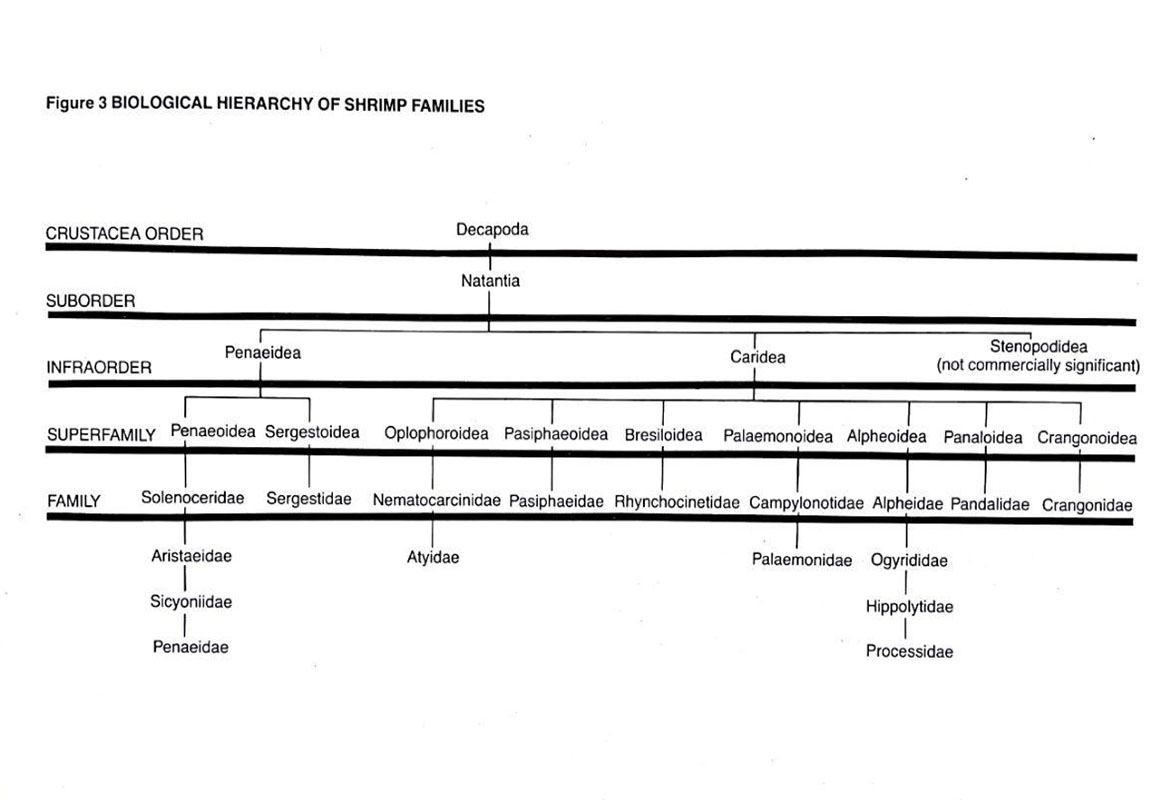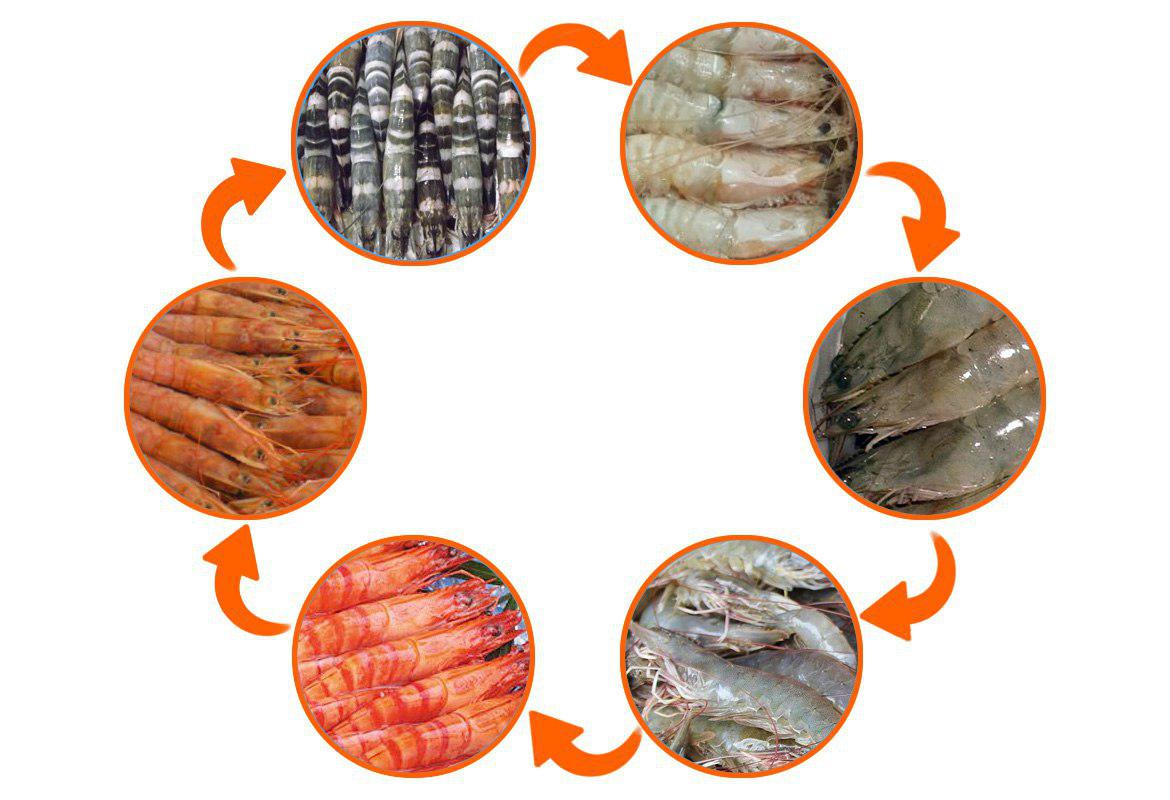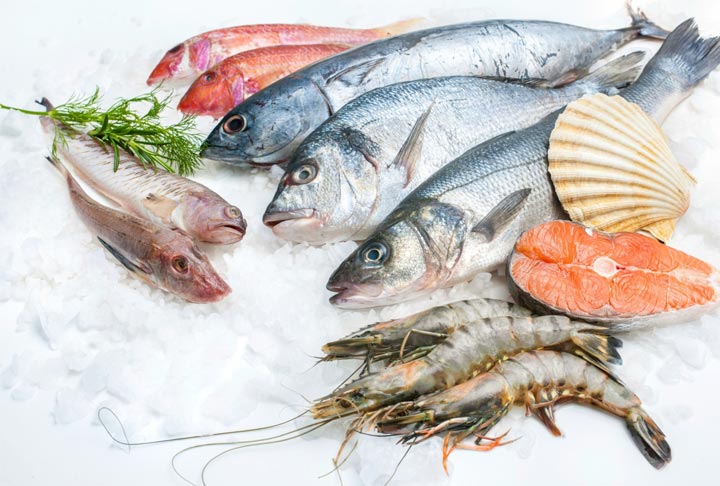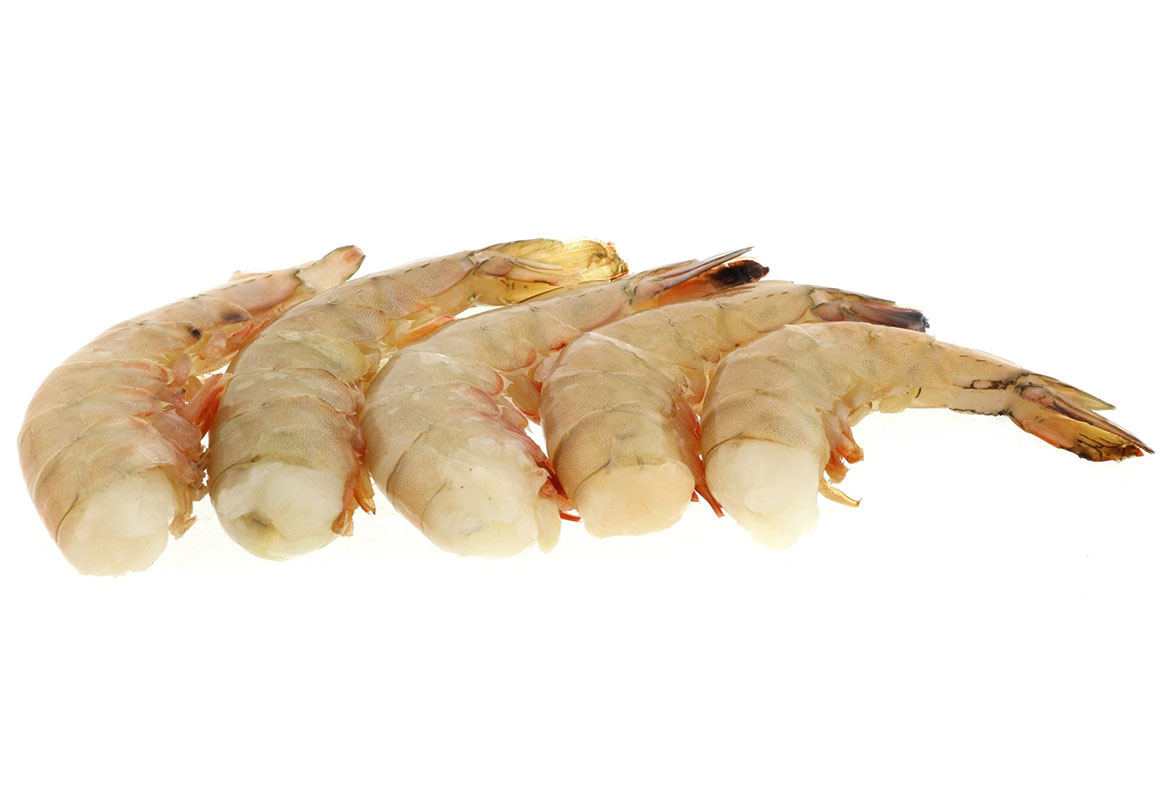| Family | FAO. species |
| Solenoceridae | 17 |
| Aristaeidae | 8 |
| Penaeidae | 109 |
| Sicyoniidae | 10 |
| Sergestidae | 11 |
| Nematocarcinidae | 1 |
| Atydae | 16 |
| Pasiphaeoidae | 5 |
| Rhynocinetidae | 2 |
| Campylonotidae | 1 |
| Palaemonidae | 82 |
| Alpheidae | 11 |
| Ogyrididae | 1 |
| Hippolytidae | 19 |
| Proussidae | 2 |
| Pandalidae | 34 |
| Crangonidae | 13 |
| Total | 342 |
| Figure 1. Family category of known shrimp | |
Anyhow, due to more similarity in majority of species, identifying of each species form the others are not easy, even for the skilled and expert peoples are not so easy to recognize each species from the other. The varied colors and shapes of shrimp of the same species at different times and from different areas, and the great complexity of the species that exists.
Some species can only be differentiated from similar members of the same family by the shape of the genitals or by obscure distinctions in the shape or structure of a leg or other appendage. Some of these distinctions, while important for scientific use and resource management, are of little interest to the industry.
The information mentioned here is mainly will give you the general idea about the differentiation of species and will not give you to identify scientifically every shrimp species. To understand better identification of many species requires considerable experience as well as expertise. So you have to refer to academic and R&D department of the fishery authorities and Alosto the sources of F.A.O. or to a lot of books which been published in this issue.
At this illustration we only intended to give an overview of the major distinctions between the commercial shrimp species of Penaeidae that is included.
Colors of shrimp present a similar problem. The color illustrations in this site represent the shrimp as accurately as possible. But shrimp colors are enormously variable. When alive, most shrimp are basically translucent, with rather pale tints. The colors intensify after death. The colors also change colors vary considerably, as do shapes, sizes and many other features. Scientific literature will report a species as having.
How Usually shrimp are classified?
The biological hierarchy, which applies to all living things, not just to shrimp, is shown in Figure 2.

The biological hierarchy as it applies to shrimp is shown in Figure 3. 
All shrimp are within the suborder Natantia. Within that suborder are three infra orders, Penaeidea, Caridea and Stenopodidea shrimp. Of these, only the first two have any commercial value. Pandalus as the first word of the name are members of the Pandalus genus.
The first major distinction between penaeid and caridean shrimp is the shape of the second segment of the abdomen. In caridean shrimp, the side of the shell (known as the pleurum) of the number two segment overlaps the shells of segments one and three. Penaeid shrimp do not have this feature, but instead the pleura of each of their segments slightly overlap the one behind. (see this, in illustrated at Figure 4. below)
Note that penaeid shrimp are a family as well as a super family and an infra order. Starting from the top, the scientific name for the infra order is PENAEI -DEA, for the super family PENAEOIDEA and for the family PENAEIDAE. The differences in spelling are as slight as many of the differences between related species of shrimp.
From 17 commercially significant families of shrimp, most commercially important species belong to only four: the penaeidae, pandalidae, crangonidae and palaemonidae. And from these families, penaeid is, obviously a penaeoid shrimp, the other three are caridean shrimp. World-wide, about 80 percent of shrimp harvested are penaeoid, the remaining 20 percent caridean.
Figure 5 (below) shows a typical shrimp with the major parts of anatomy labeled. But still you must keep in mind that these are only the more easily recognized pans. The many parts used by taxonomists to identify shrimp include a number that can only be inspected properly under a magnifying glass.








